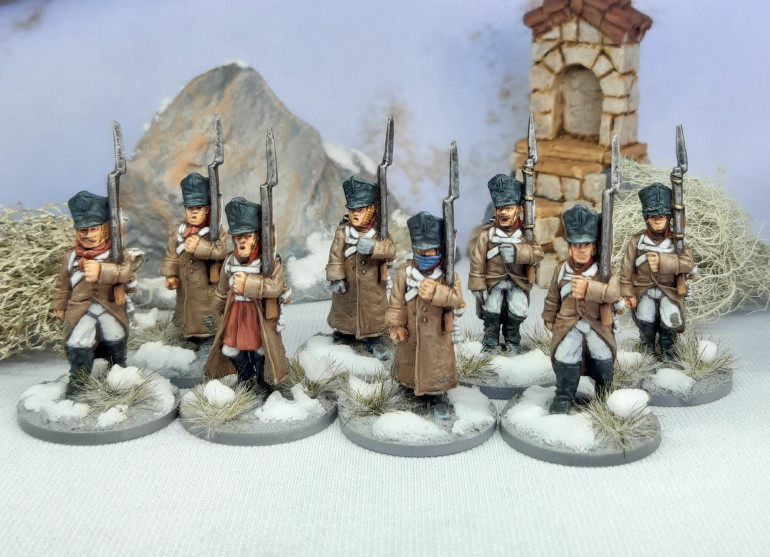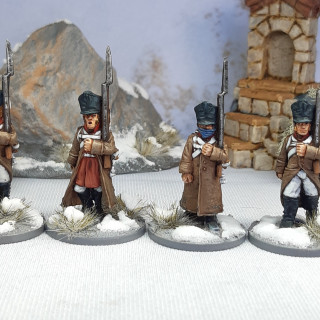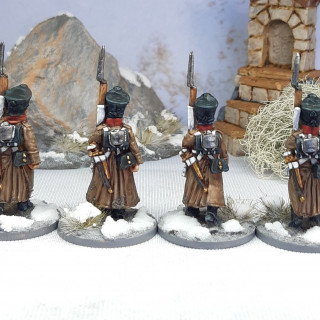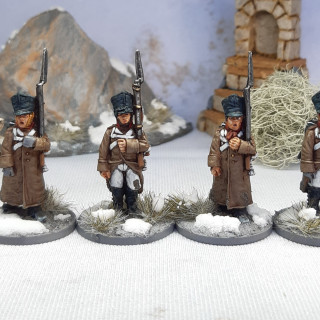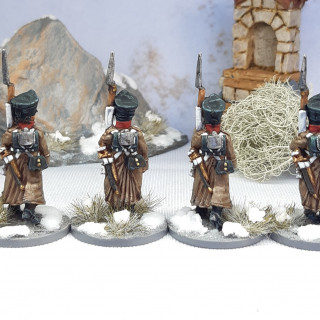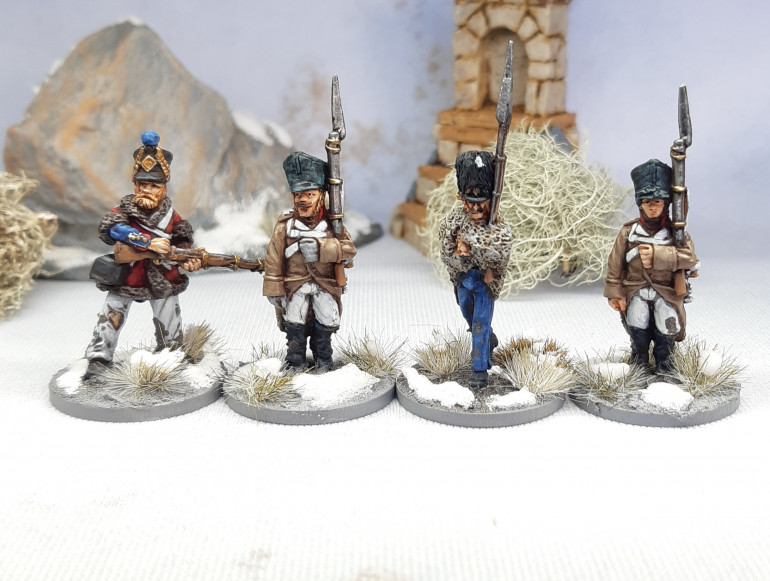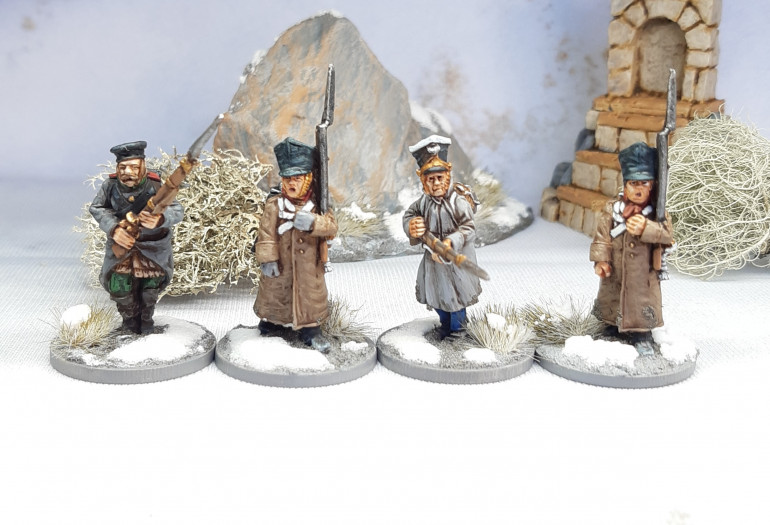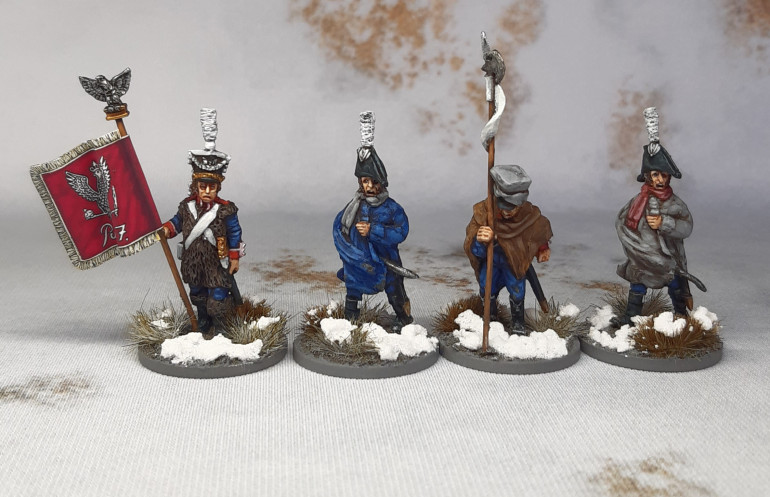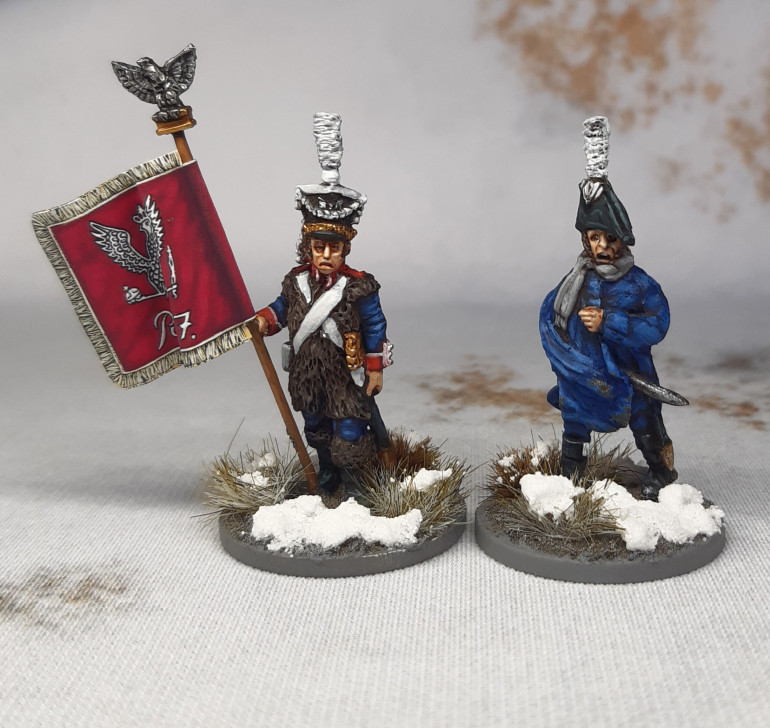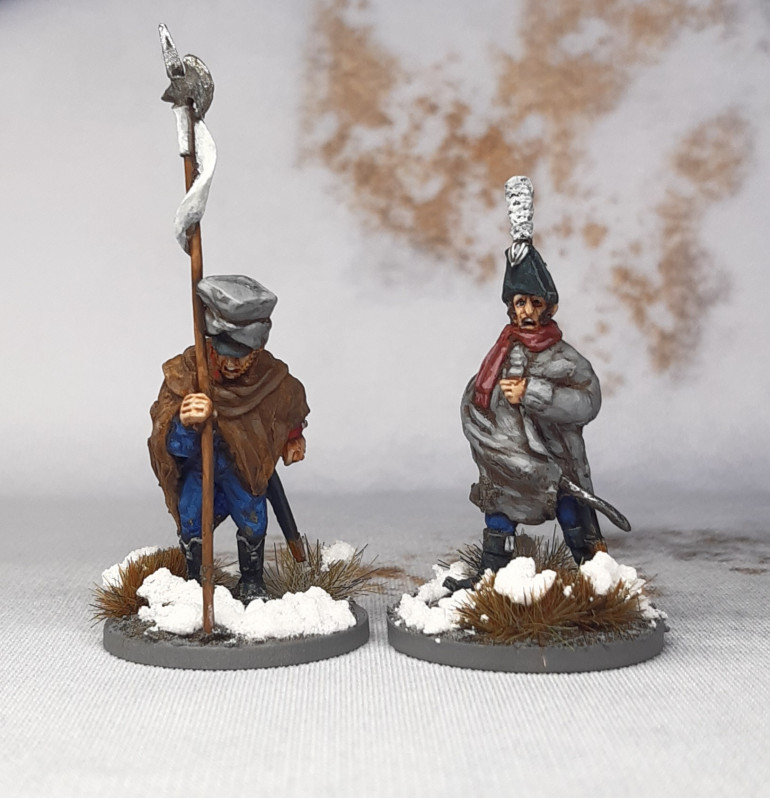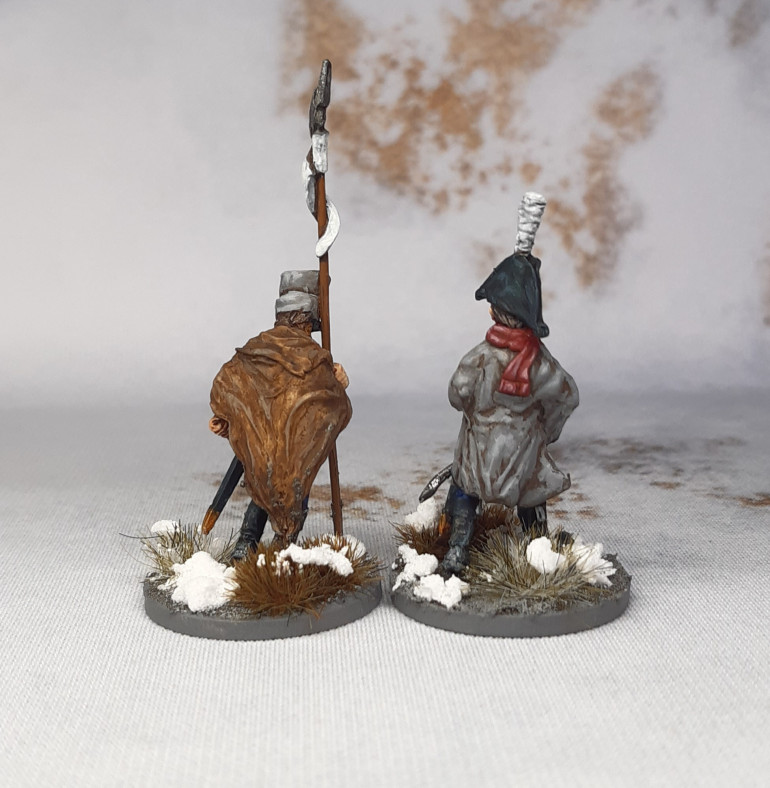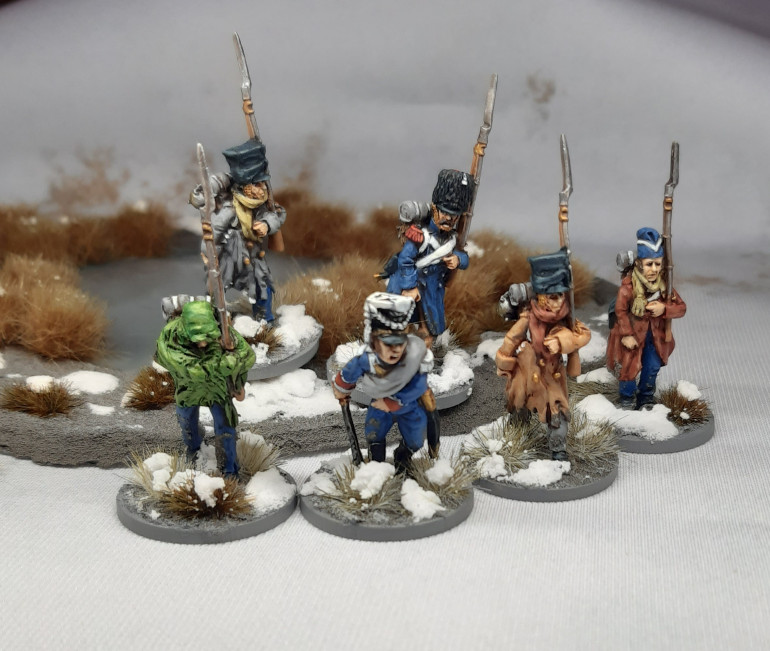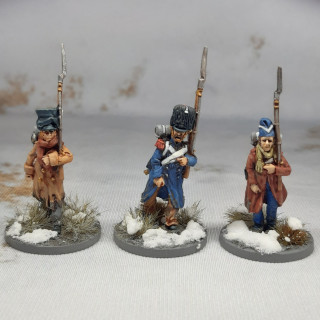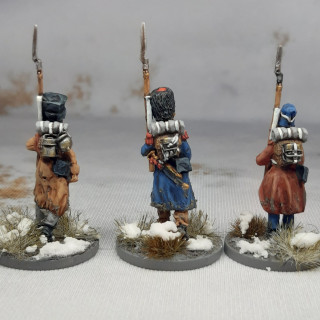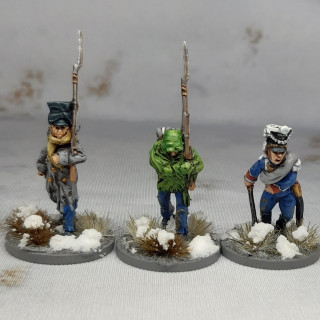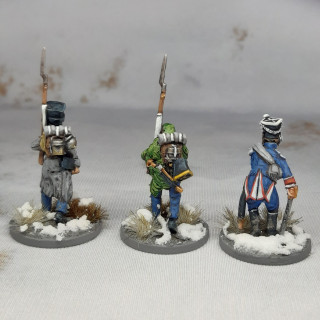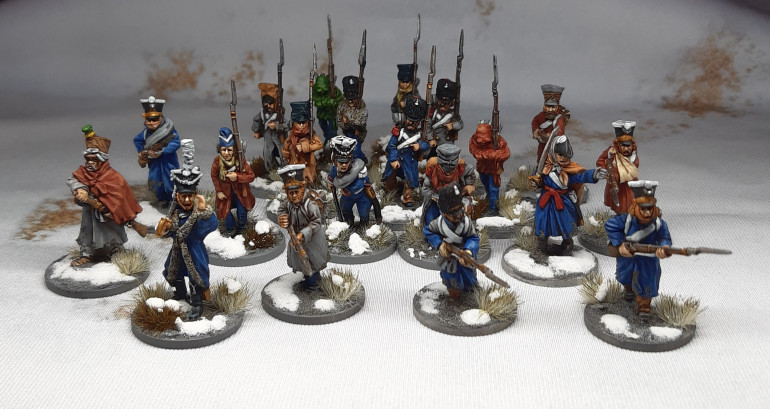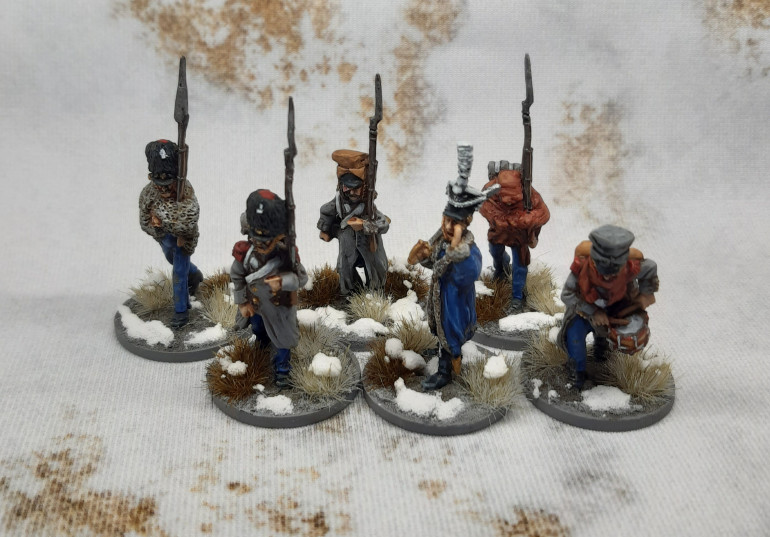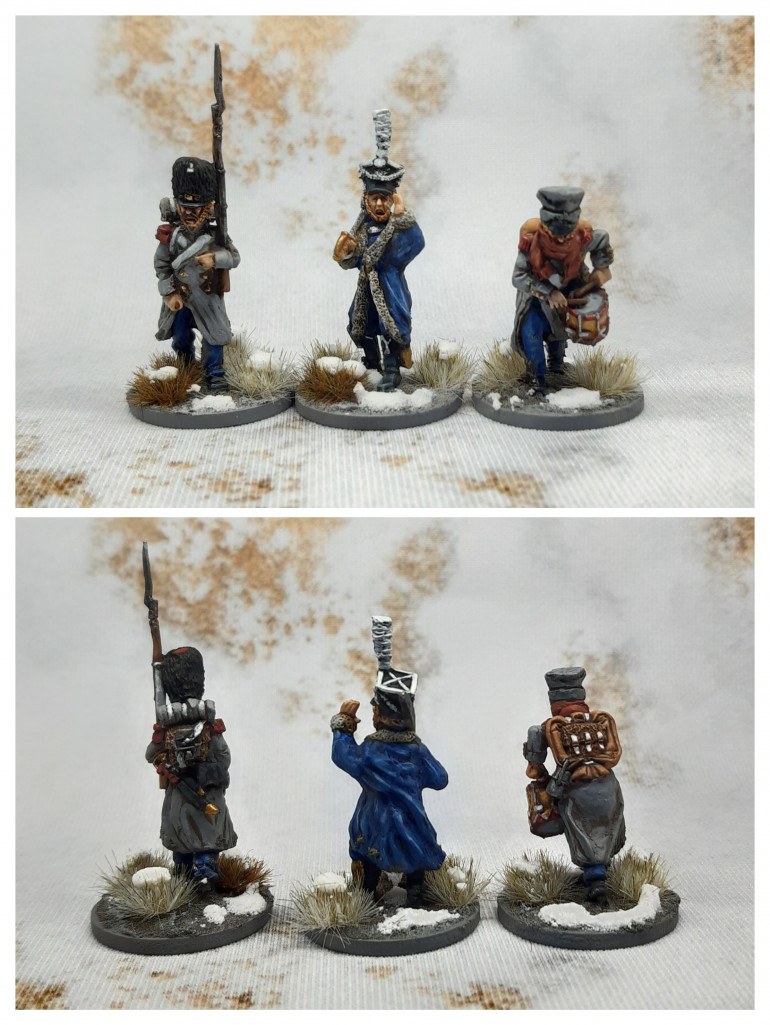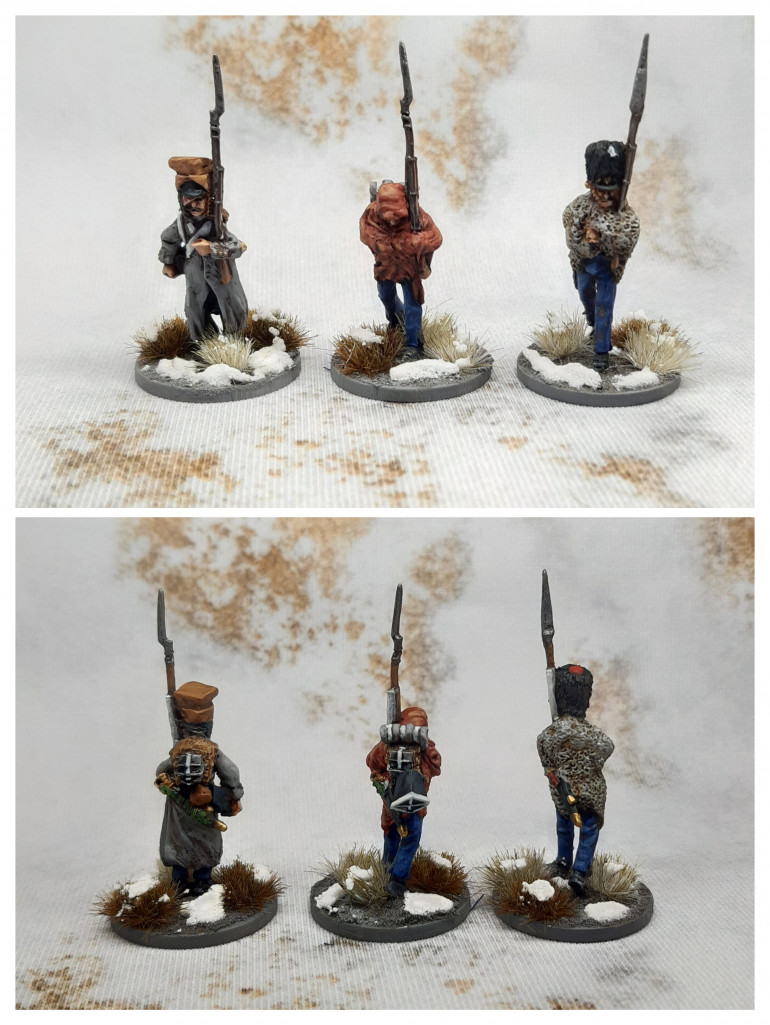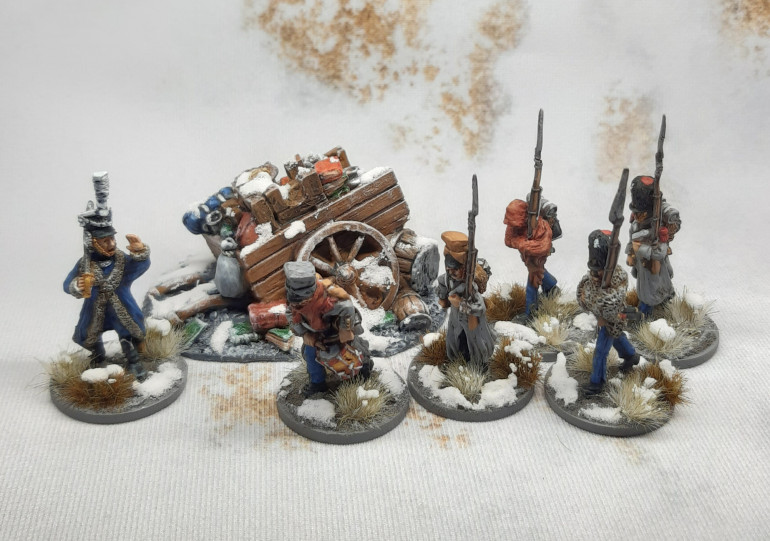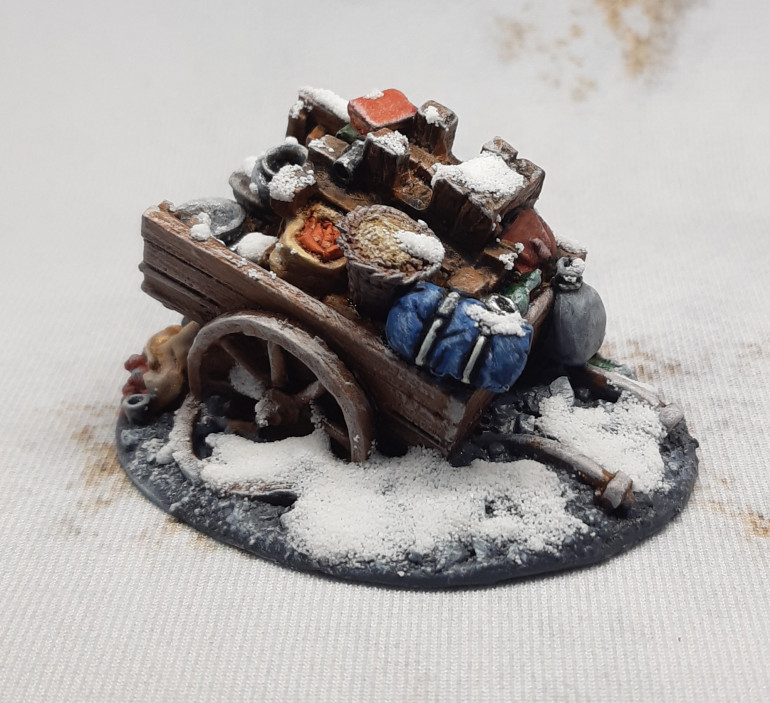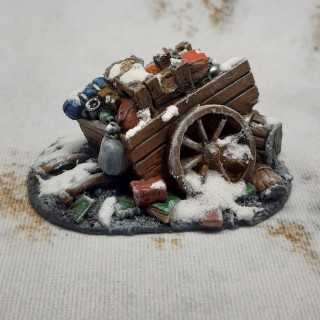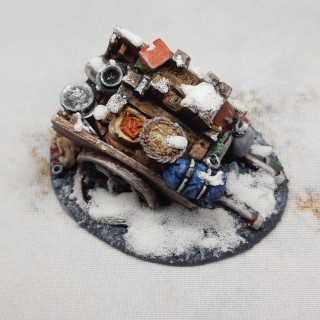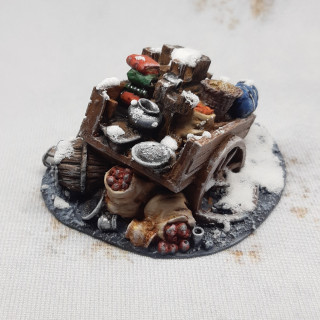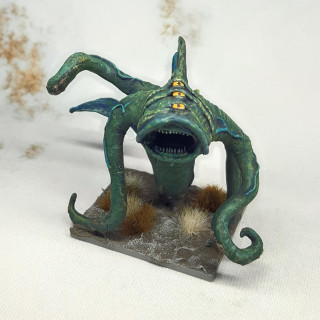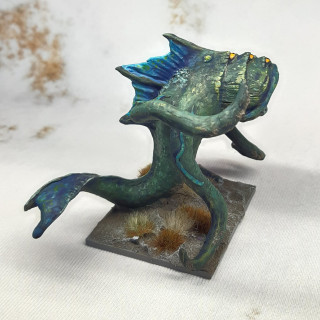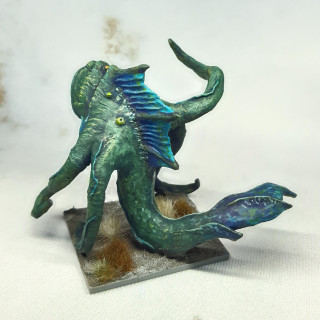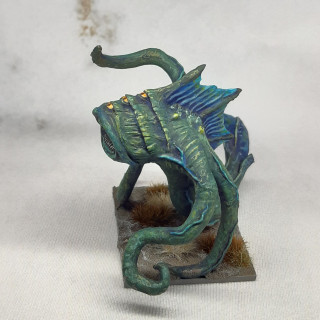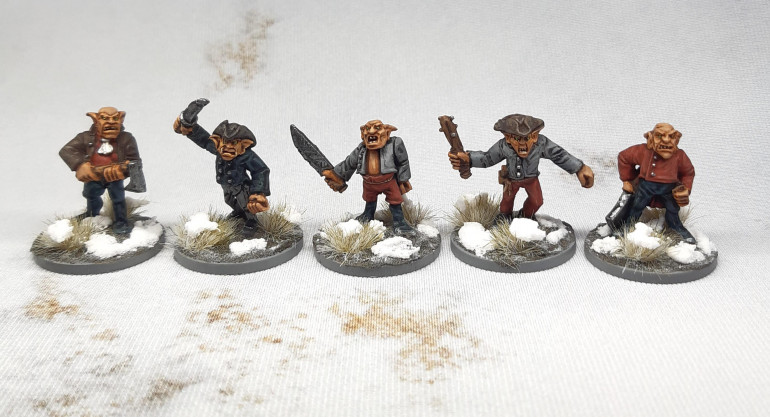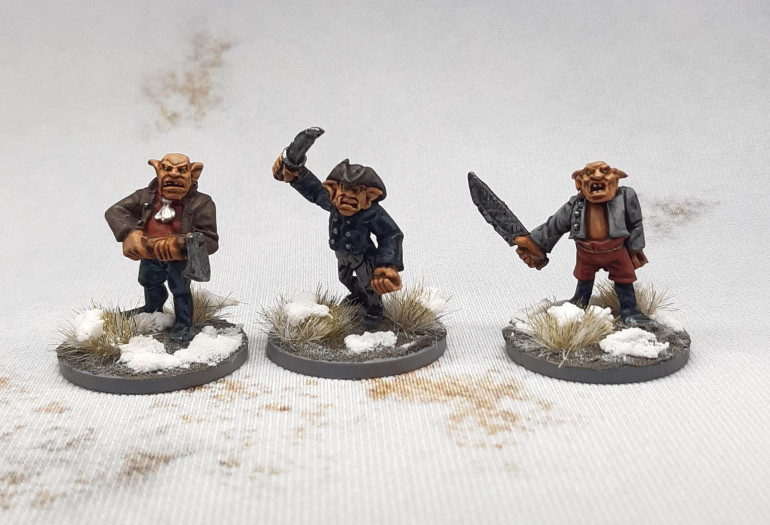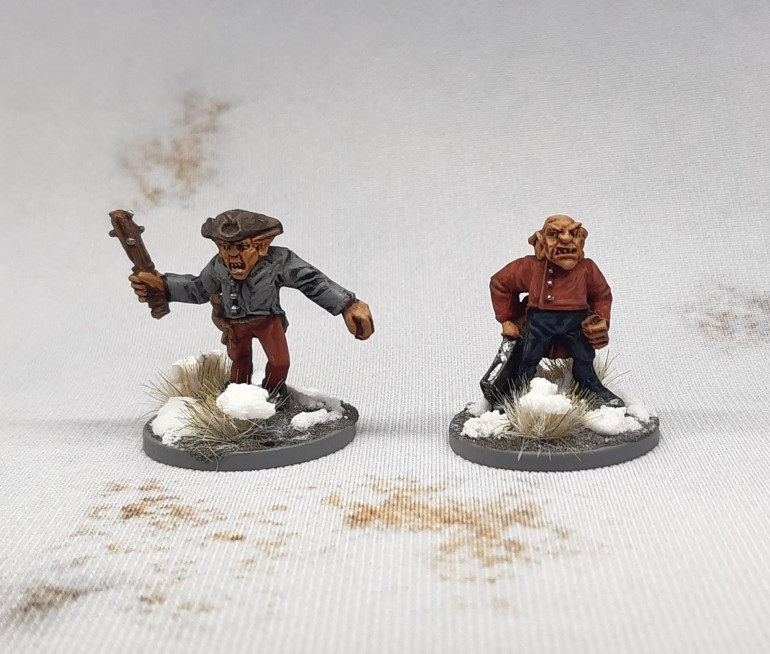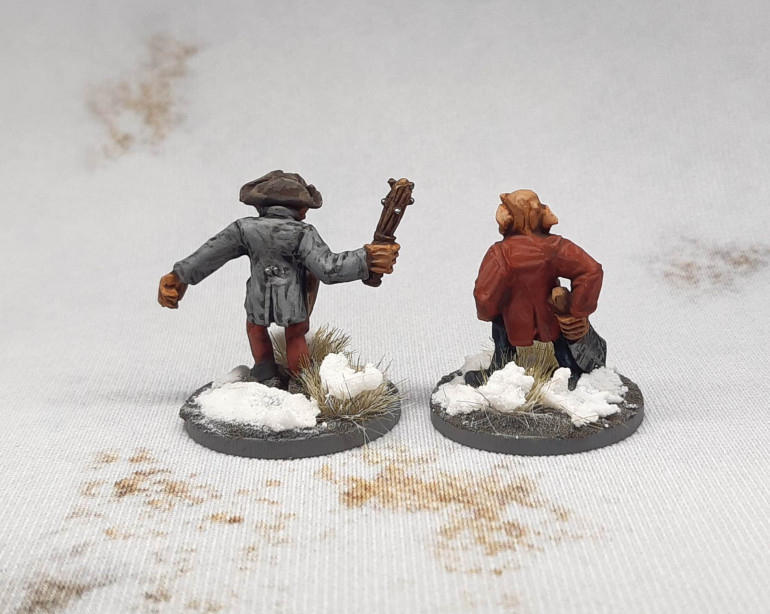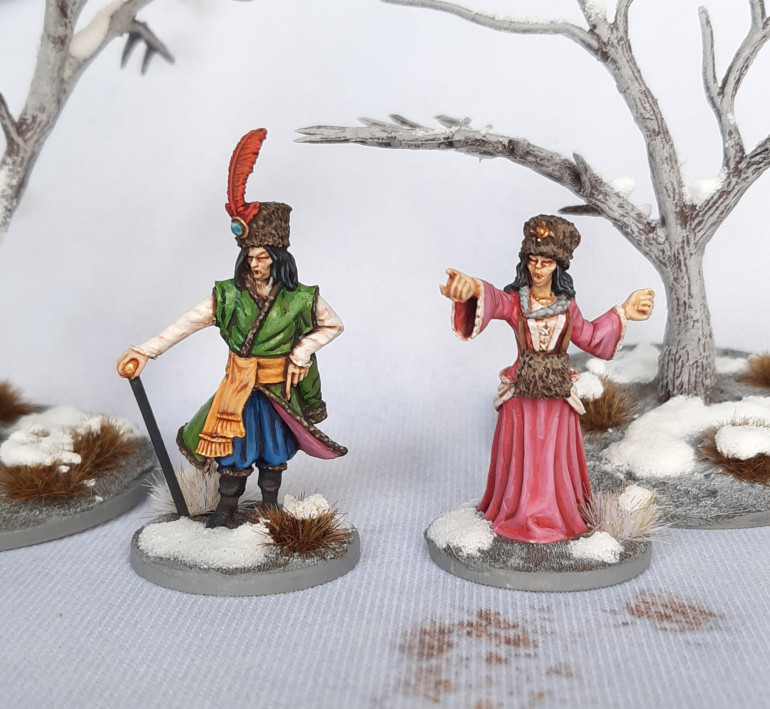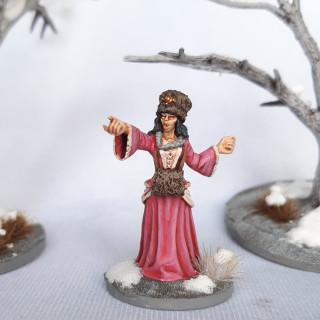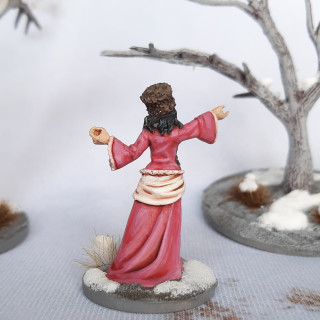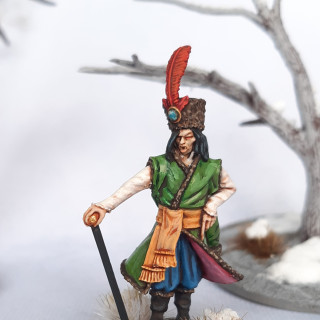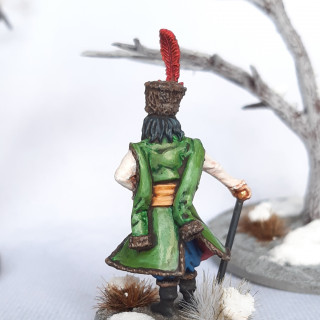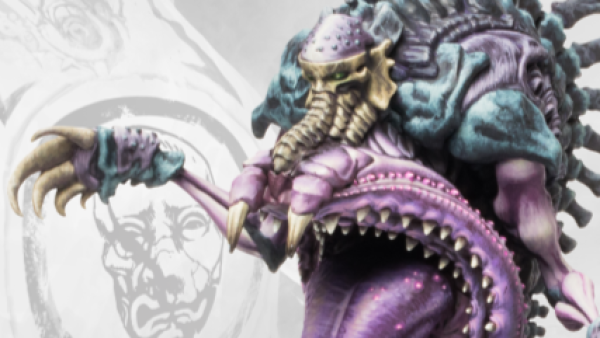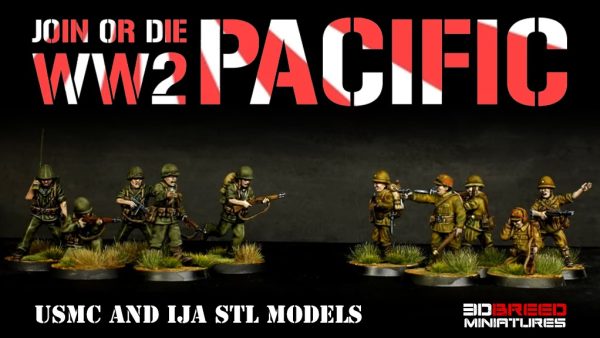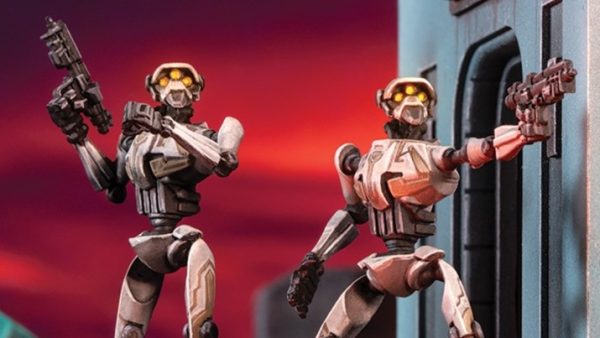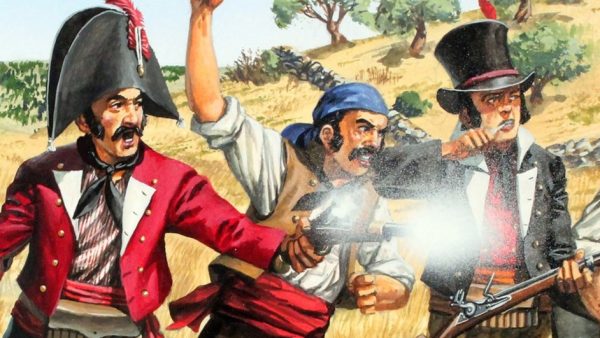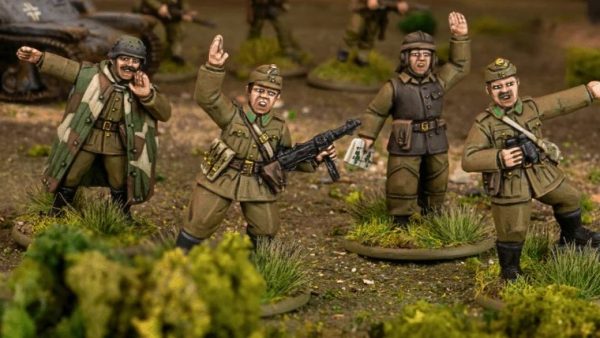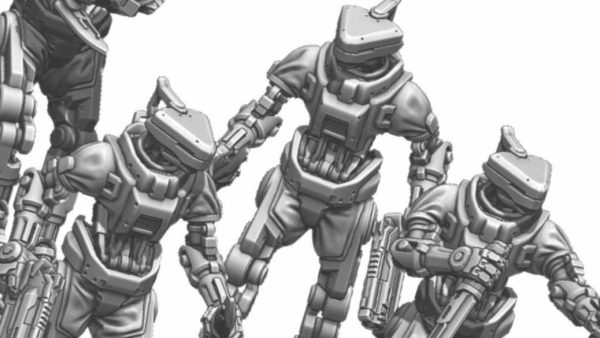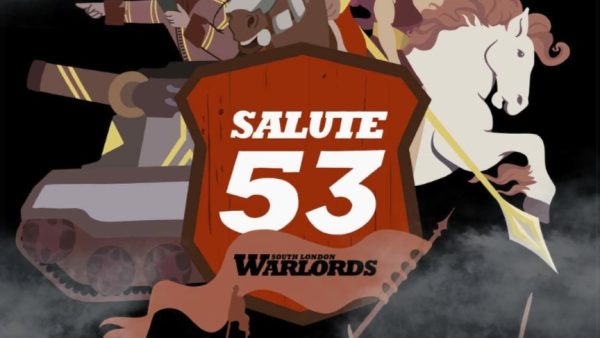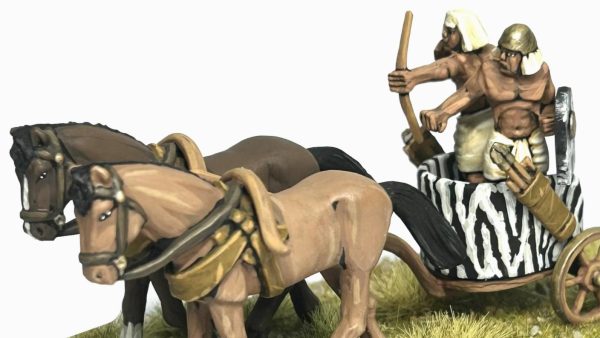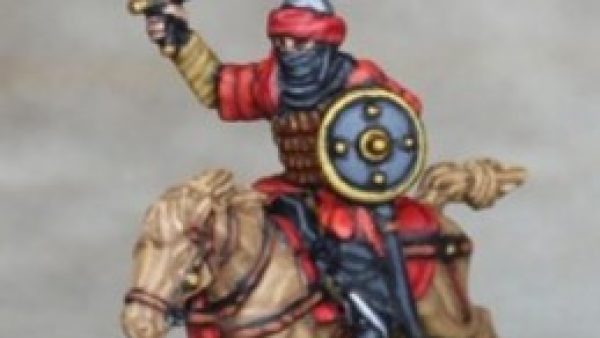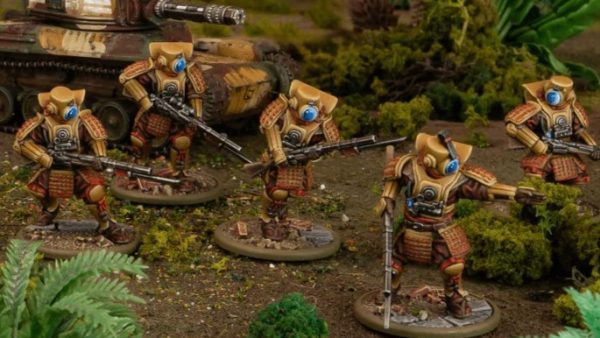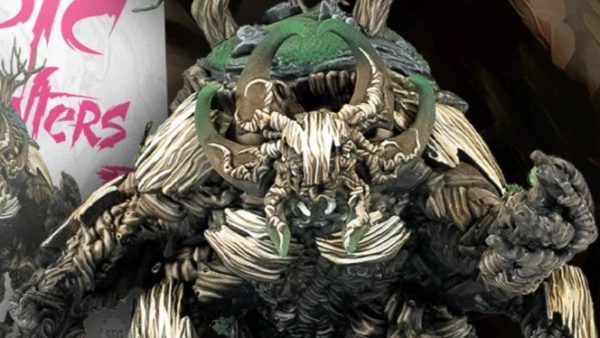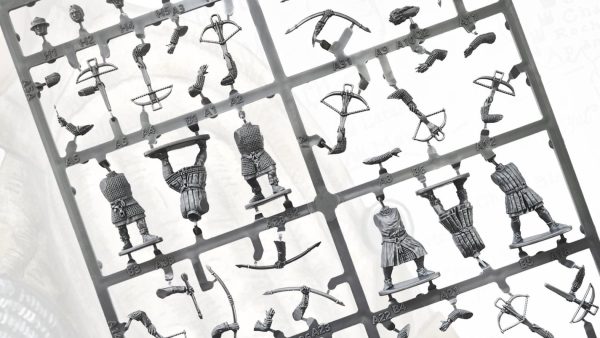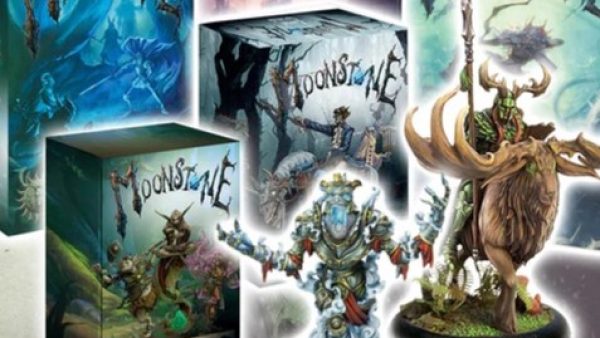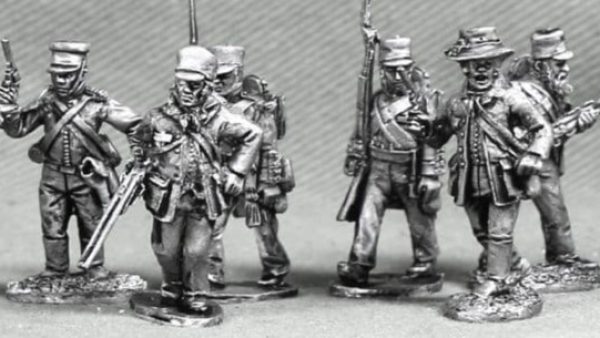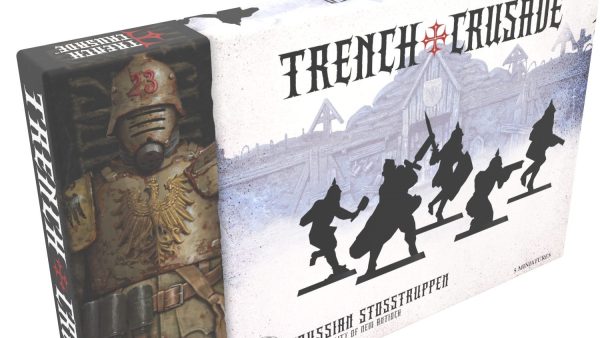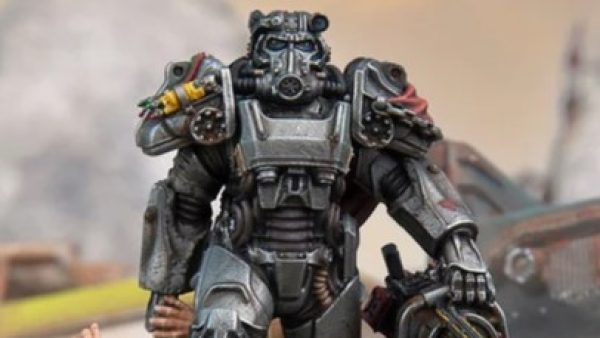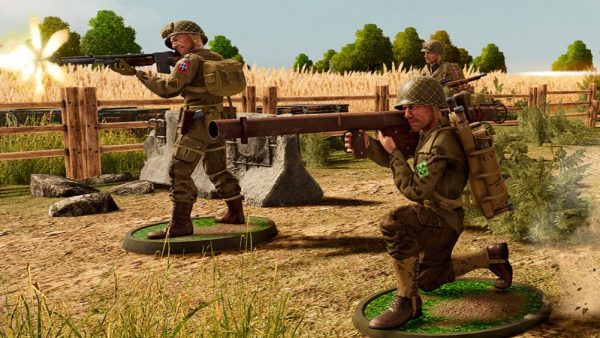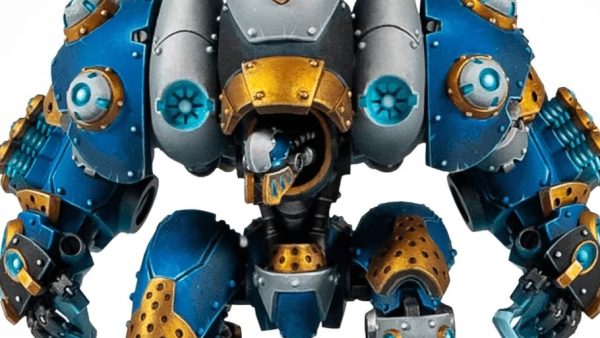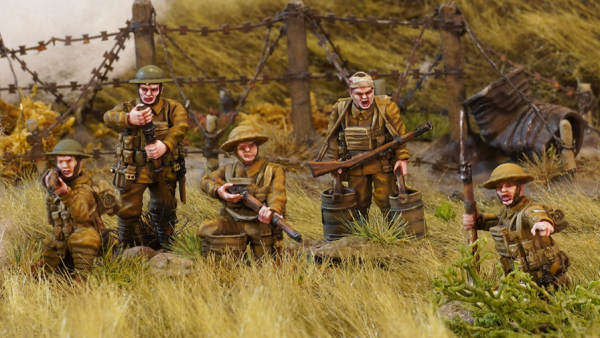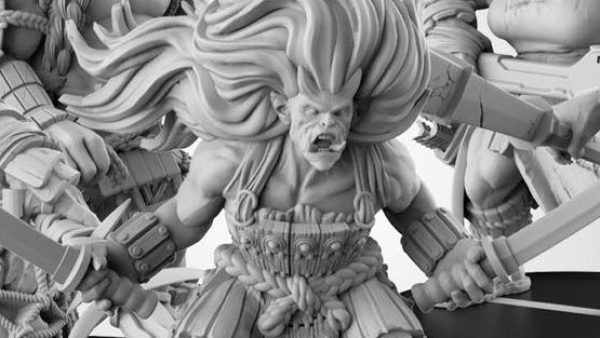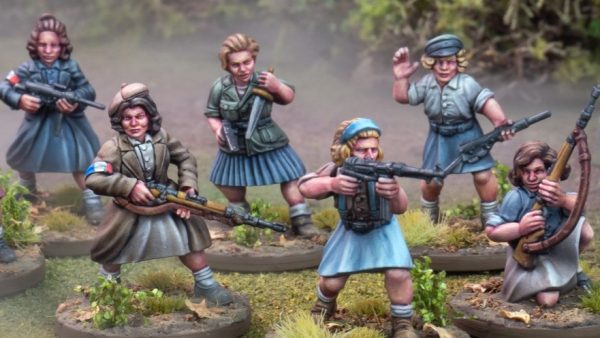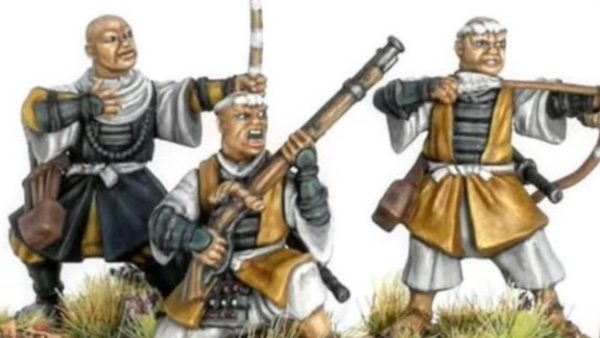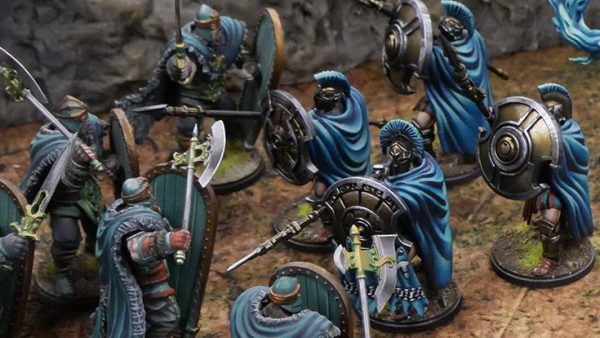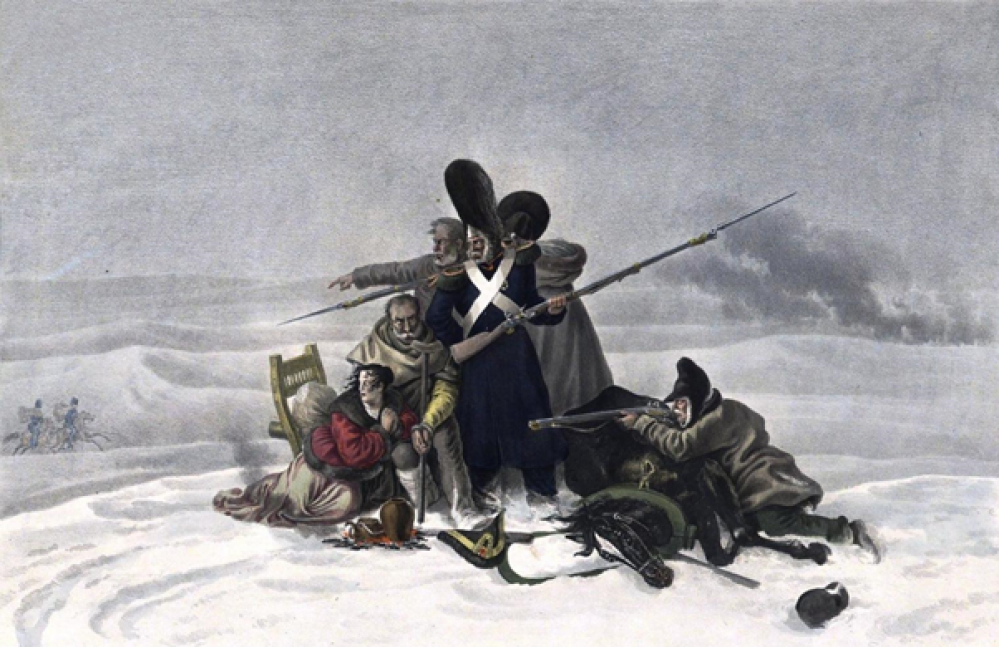
Retreat From Moscow
Recommendations: 1707
About the Project
Building a small collection of 28mm Napoleonics based around the Retreat from Moscow for skirmish gaming, and with a view to having something ready for when the Silver Bayonet is released.
Related Game: The Silver Bayonet
Related Genre: Historical
This Project is Active
Russian Line Infantry
It’s been a little while since I’ve worked on anything for this project, but I’ve been working on some Russian line infantry (which incidentally coincided with a Silver Bayonet theme week at OTT). These are again are firmly on the historical side of this project rather than the gothic horror, but I felt I was lacking in plain Russian infantry to harassing the stragglers of the Grande Armee.
These chaps come from Wargames Foundry, and are sculpted by Alan Perry. Whilst Russians in great coats are not that hard to find, those wearing extra scarves and looking the part for the winter of 1812 are not so common. Nice one piece casts, relatively quick to paint and without excessive detail.
I thought I’d take a couple of comparison pictures to show how the Wargames Foundry models compare size wise to some others in case that is useful to anyone (namely Perrys and Paul Hicks sculpts for Murawski Miniatures). The Foundry models are a shade shorter and stouter, than both.
Rally to the Eagle
Apparently winter isn’t finished yet, with a last cold snap and snowfall before spring arrives. Which again got me in the right mood to paint some more Poles.
These are my last few Duchy of Warsaw models by Murawski Miniatures. Note the Polish eagle is silver with unfurled wings compared to the French. The flag is from GMB Flags, and is the 7th Regiment of Line Infantry. The 7th formed part of 28th Division of the Grande Armee, within IX Corps under Victor. IX Corps was an amalgam of French, Berg, Badenese, Polish and Saxon troops, and acted as the rearguard during the battle of Berezina, holding the east bank of the river whilst the remnants of the Grande Armee passed over hastily constructed pontoon bridges to finally escape from Russia.
There’s another repeat sculpt here, but again the setting means that there’s scope to alter colours to make them a bit more individual.
Continuing to Gather the Stragglers
Another half a dozen Duchy of Warsaw Poles by Murawski Miniatures. A few repeat sculpts between this batch and the last, but hopefully a bit disguised by leaning into the theme and having more piecemeal uniforms.
More Duchy of Warsaw
Stepping away from the more fantastical side of this project and looking at the more historic part, I ‘ve been painting up a few more Duchy of Warsaw from Murawski Miniatures. Very characterful sculpts, I believe done by Paul Hicks
Abandoned Wagon
With the temperature dropping outside, it felt appropriate to be adding some more to this project.
This abandoned wagon is a nice resin piece from Alternative Armies for Flintloque, and can do double duty as a specific objective or just table scatter.
Aboleth
It seemed the right time of year to add a bit more to this project, with the weather getting decidedly more wintery, and Halloween just around the corner.
This aboleth model was a gift from ZebraOutrider. I believe that it was from a Kickstarter run by Shed Games. It’s a nice resin sculpt, coming as a body with four separate tentacles to attach.
I really just winged it with the paint scheme, grabbing about half a dozen paints and mixing up things as I went. Quite happy with the fin and some of texture on the body.
Goblins
These are the goblins produced by North Star as part of the official Silver Bayonet range. I really like these sculpts; they very much look the part in their period appropriate dress, something that was quite hard to find in the huge variety of more fantastical goblin models out there.
Paint scheme was back to being more dark and grimy than the bright colours of the vampires. Decided that I’d skip the normal greenskin colour as a bit of an experiment, not too disappointed in the outcome.
These are probably going to be my last Silver Bayonet models for a while, as I’ve built up enough of a collection to crack on with the gaming. Although there might be the odd unexpected thing that gets added in, the hobby side of this project is likely done for the moment.
Noble Vampires
Some of the Silver Bayonet scenarios require more than a single vampire, so I needed some backup for my Nosferatu. Whilst I really love the pair of official Silver Bayonet vampires, I picked up a pair made for Frostgrave Blood Legacy instead. Their winter attire is more on theme with this project, and doesn’t stand out as being too ‘fantasy’ in style.































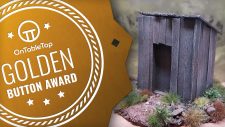

![Very Cool! Make Your Own Star Wars: Legion Imperial Agent & Officer | Review [7 Days Early Access]](https://images.beastsofwar.com/2025/12/Star-Wars-Imperial-Agent-_-Officer-coverimage-V3-225-127.jpg)







